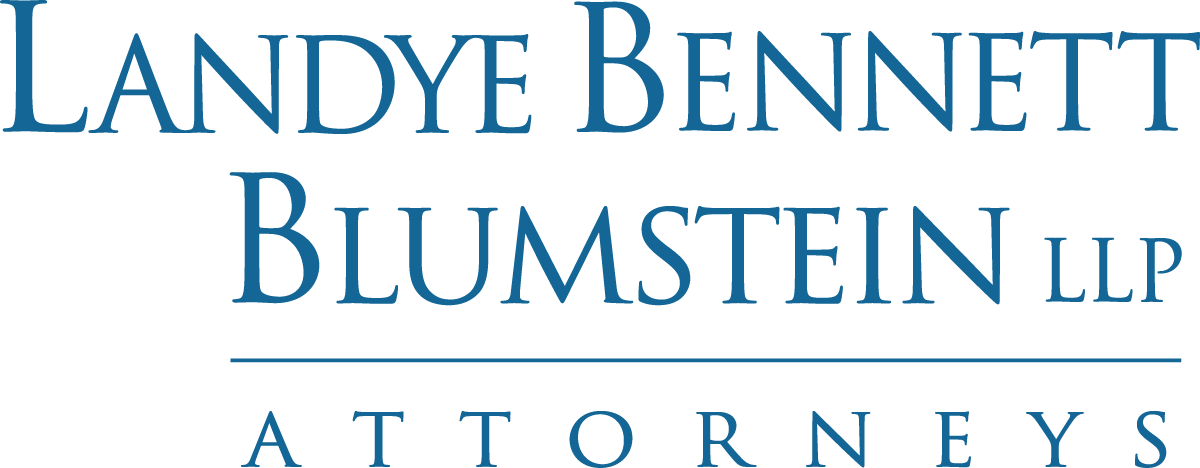Scope and Attachment (including Choice of Law)
On June 19, 2001, the Alaska Bar Association Business Law Section and Bankruptcy Section sponsored a continuing legal education presentation called Revisions to Article 9: What You Need to Know. Bob Hume was a member of the faculty. Below are written materials Mr. Hume prepared in connection with this continuing legal education presentation.
Permission is granted to view and download these materials, and to display them in their unaltered form for noncommercial purposes. Permission is not granted to modify these materials in any way or to distribute or use them for commercial purposes.
To obtain a complete copy of the program materials and a videotape of the complete continuing legal education presentation, contact the Alaska Bar Association.
Two parts of the presentation are available here.
First, the PowerPoint presentation can be viewed or downloaded. A PDF version is also available. The slides do not include commentary and notes made during the live presentation, but do provide a valuable outline of the presentation and resource materials regarding scope and attachment, and choice of law, under Revised Article 9 of the Uniform Commercial Code.
One acronym used in the PowerPoint presentation that will be unfamiliar is ACPPIPN (pronounced “ak-pippin”). Four types of intangible property usually are treated the same by Revised Article 9: Accounts, Chattel Paper, Payment Intangibles and Promissory Notes. See section 9-109, that applies Article 9 to sales of accounts, chattel paper, payment intangibles and promissory notes. A search through the legal journals and law reviews, as well as the Internet, failed to discover any proposed or accepted acronym for these closely associated types of collateral. Commentators seem to refer to these four types of collateral by specific description, that is, accounts, chattel paper, payment intangibles and promissory notes. However, using ACPPIPN allows handy reference to these four types of collateral, as well as providing a reminder of what collateral types are covered by sales under Article 9. This acronym was coined for this presentation. Time will tell if it finds favor with commentators or courts to refer to collateral consisting of accounts, chattel paper, payment intangibles and promissory notes.
Second, a diagram illustrating the universe of property covered by Revised Article 9 of the Uniform Commercial Code, by Article 9 property classification, is available as a separate document. This diagram shows the relationships between the various categories of Article 9 property, and is very helpful to understanding – and reminding yourself about – the scope of Article 9. The diagram is slide 46 of the PowerPoint presentation

